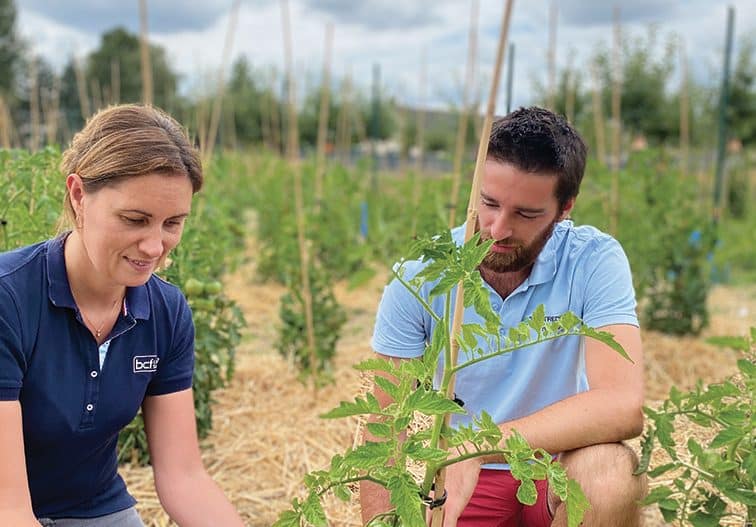Key Takeaways
- BCF Life Sciences has chosen Sumi Agro France as the exclusive distributor of its Leafamine® Technology biostimulants in the French market.
- The agreement covers Rotamine and Cyclamine, two keratin-based amino acid products designed to improve plant resilience and development.
- More than 300 trials since 2017 have shown positive effects on abiotic stress tolerance and crop performance.
- The companies aim to position the solutions among the top three amino-acid-based biostimulants in France by 2028.
- The partnership combines BCF Life Sciences’ industrial expertise with Sumi Agro’s nationwide agricultural network.
Exclusive Partnership Supports Expansion of BCF Life Sciences' Leafamine® Technology in France
BCF Life Sciences has announced a new exclusive distribution partnership with Sumi Agro France for its Leafamine® Technology biostimulant portfolio. The agreement provides French growers with broader access to Rotamine and Cyclamine, two products developed to help crops better withstand abiotic stress and support stronger vegetative and reproductive growth.
Proven Biostimulant Performance Across Diverse Crops
Leafamine® Technology is derived from keratin using a patented process that yields a rich profile of free amino acids. These compounds contribute to improved photosynthetic activity, enhanced biomass production, better flowering, and more uniform fruit maturation.
The solutions have been extensively tested across more than 45 crops, with several hundred field and greenhouse trials demonstrating consistent performance benefits.
Leadership Remarks on the Strategic Collaboration
Aude Colette, Marketing Director at Sumi Agro France, emphasized how the partnership strengthens the company’s crop-input offering: “By integrating Leafamine® Technology into our portfolio, we are responding to the growing demand for high-quality biostimulants. This collaboration allows us to support our distributors closely in the field while offering growers solutions that are both effective and aligned with sustainable agricultural practices.”
BCF Life Sciences highlighted the alignment between industrial expertise and market reach: “Working with Sumi Agro France enables us to accelerate the adoption of Leafamine® Technology on a national scale,” the company stated. “Their strong presence among distributors creates the right conditions for expanding the use of our solutions and delivering value to French farmers.”
Shared Growth Objectives Through 2028 Between BCF Life Sciences & Sumi Agro France
A key goal of the partnership is to position Rotamine and Cyclamine among the top three amino-acid-based biostimulants in the French market by 2028. The companies plan to achieve this through close distributor engagement, ongoing technical monitoring, and continued field validation.


